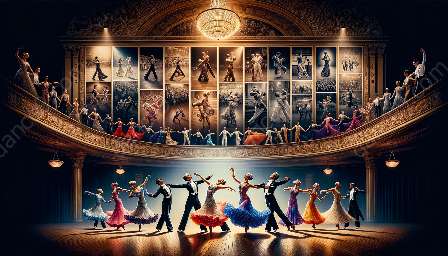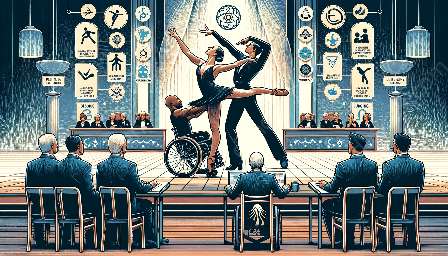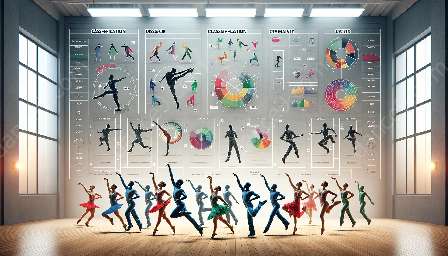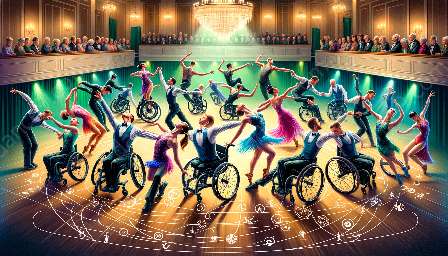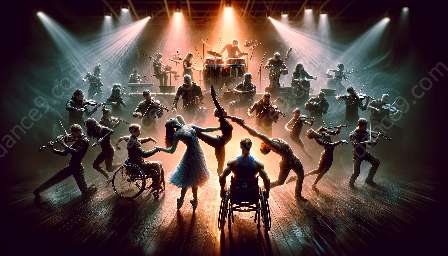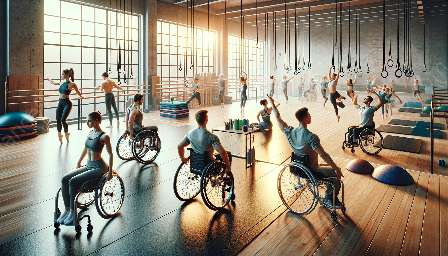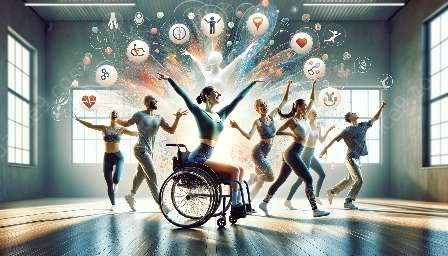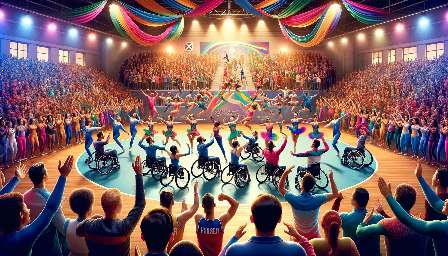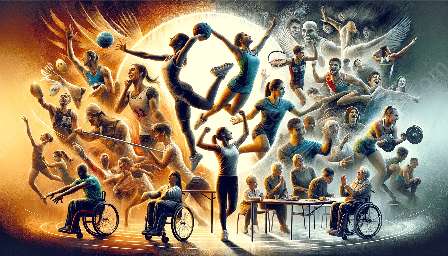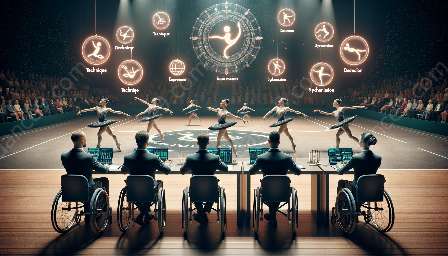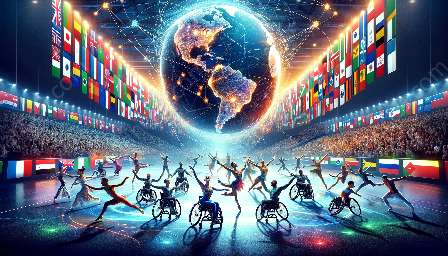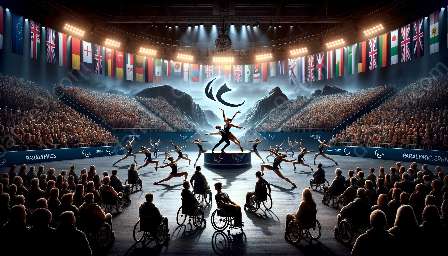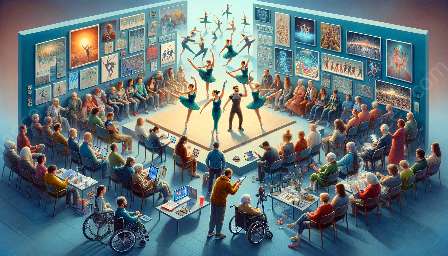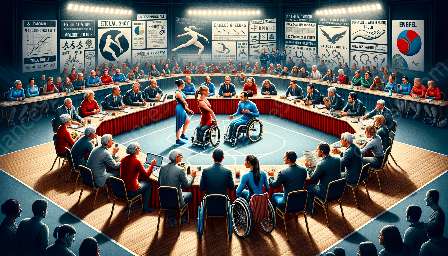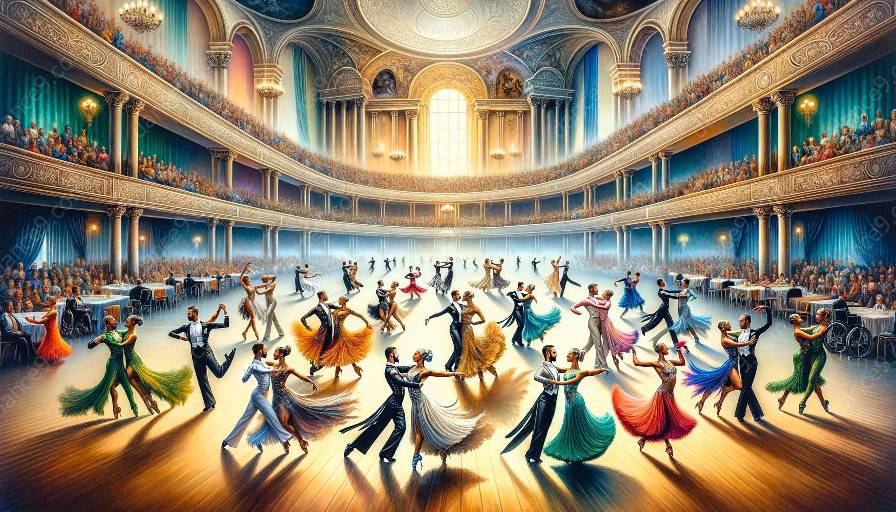Para dance sport styles have evolved significantly over time, shaping the competitive landscape and the World Para Dance Sport Championships. This evolution has been driven by various factors, including changes in societal attitudes towards disability, advancements in assistive technology, and the growing interest in inclusive sports.
The Early Days of Para Dance Sport
The origins of para dance sport can be traced back to the 1960s, when it emerged as a form of recreational activity for individuals with physical disabilities. Initially, the focus was on adapting traditional dance styles to accommodate different abilities, with an emphasis on creating a sense of inclusivity and creativity.
Over time, the early para dance sport styles began to gain recognition, leading to the establishment of international competitions and the formalization of rules and judging criteria.
Diversity and Evolution of Dance Styles
As para dance sport continued to gain momentum, a diverse range of dance styles began to emerge, reflecting different cultural influences and artistic expressions. From ballroom and Latin to freestyle and formation dancing, athletes with disabilities found innovative ways to showcase their skills and creativity, leading to a rich tapestry of dance styles within the para dance sport community.
The evolution of dance styles was also influenced by the use of assistive devices and technology, allowing athletes to explore new movements and choreographic possibilities. This integration of technology further expanded the artistic and technical boundaries of para dance sport, pushing the sport to new levels of innovation and inclusivity.
Impact on the World Para Dance Sport Championships
The evolution of para dance sport styles has had a profound impact on the World Para Dance Sport Championships. What started as a relatively niche sporting event has grown into a globally recognized platform for para dancers to showcase their talents and compete at the highest level.
The diverse range of dance styles has added depth and excitement to the championships, offering spectators a captivating display of athleticism, artistry, and diversity.
Furthermore, the evolution of para dance sport styles has sparked greater interest and participation in the championships, attracting athletes from around the world who are eager to contribute to the ongoing evolution of the sport.
Looking Towards the Future
As para dance sport continues to evolve, it is poised to embrace new dance styles, choreographic innovations, and technological advancements. The future holds the promise of even greater inclusivity and creativity, as athletes with disabilities continue to redefine the boundaries of what is possible in the world of dance sport.
The evolution of para dance sport styles will undoubtedly continue to shape the landscape of the World Para Dance Sport Championships, inspiring new generations of athletes and enthusiasts to embrace the beauty and power of inclusive dance sport.

